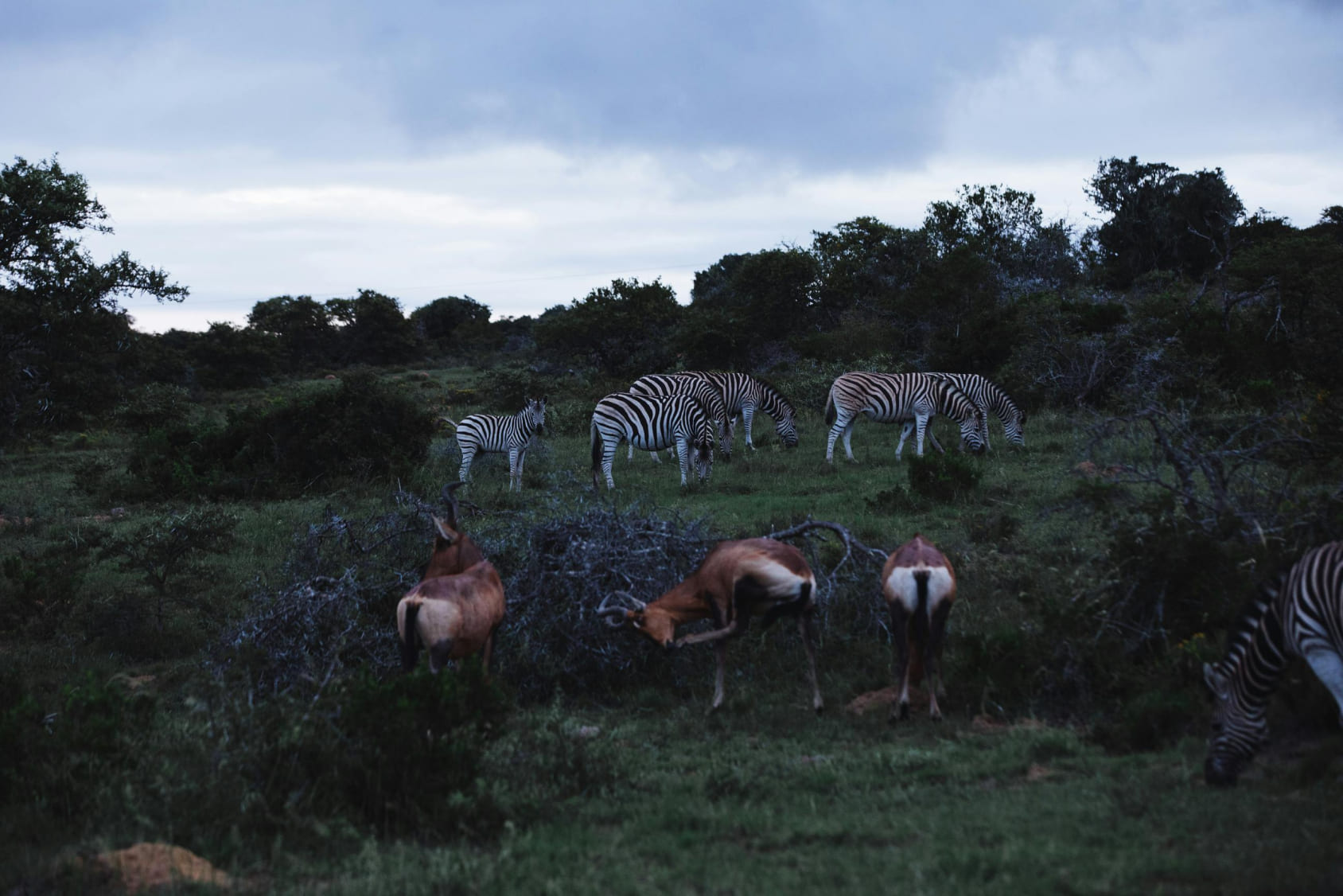Call: +917673589348
Email Us: [email protected]

Snow Leopard
The Ghost of the Mountains!
The snow leopard, often referred to as the "ghost of the mountains," is one of the most elusive and majestic predators on Earth.




















